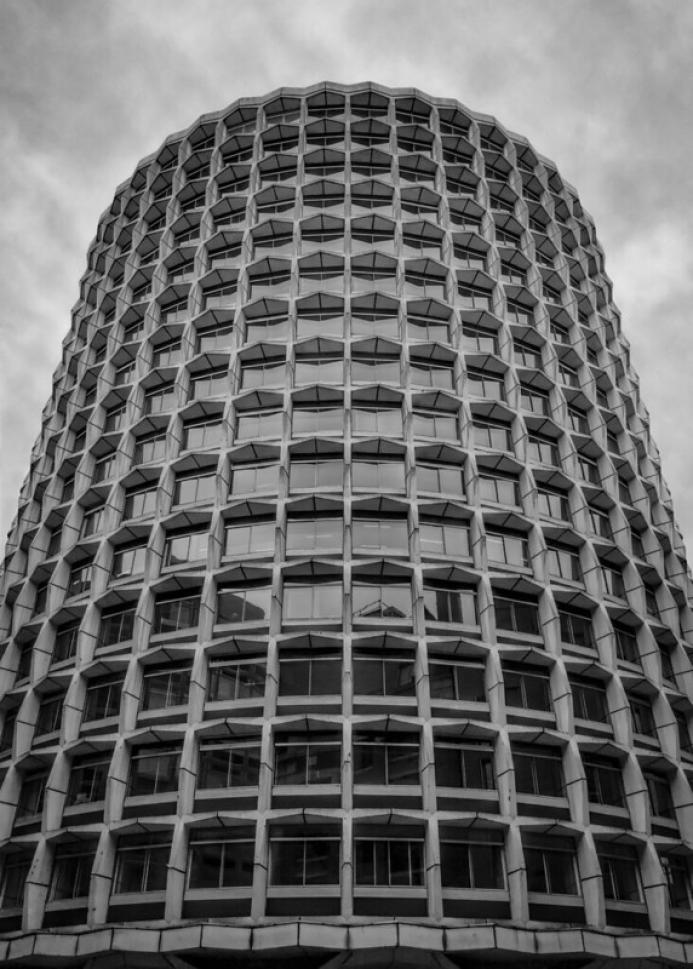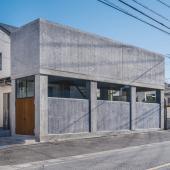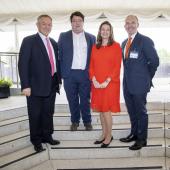Icons of precast concrete – retrofitting and restoration
There are many sayings relating to the idea of beauty – 'it’s in the eye of the beholder' is often used to qualify something that divides opinion. And so it is with Space House in London comprising two buildings – One Kemble Street and 43-59 Kingsway.
Historic England recently posted an image of the iconic 1960s futuristic building on its social media, and it attracted scores of comments. Some called the Brutalist icon an eyesore, while others lauded it as a feat of engineering. It was listed Grade II in 2015.
Constructed of a precast concrete grid, you can’t deny that it stops you in your tracks and pleads with you to look skywards. It was originally used as office buildings and was erected between 1964 and 1968 by George Marsh of Richard Seifert & Partners for the developer Harry Hyams.
Today, it’s the beneficiary of significant investment, with some £110m fueling its redevelopment and restoration, and architects Squires & Partners and real estate developers Seaforth Land are heading up the project.
BAM Construction will deliver the project (due for completion this summer) which will be a smart, sustainable building comprising workspaces designed to meet the Building Research Establishment’s Environmental Assessment Method (BREEAM) Outstanding criteria.
This retrofit project exemplifies the value placed upon the building’s original design and proves that you can retain the essence of a building and craft it to be more sustainable and better equipped for our needs today.
Precast concrete grids first began appearing in the 1960s, and other examples from the time included Welbeck Street multi-story car park in Oxford Street, London, with a tessellated triangular concrete façade designed by Michael Blampied and Partners. Despite much protest, it was demolished in 2019 because, unlike Space House, it was not listed.
Moving further north, Norwich House in Liverpool, built in 1973 by Edmund Kirby & Sons, fuses precast concrete grids with reflective glass. Now luxury apartments, they are another example of how retrofitting can go some way toward future-proofing a building.
And if it weren’t for a certain Liverpool resident, civil engineer John Alexander Brodie, we might not have had any of these buildings. He was an advocate for the use of precast reinforced concrete slabs to solve the housing crisis in the early 1900s. With this technology, houses could be built quickly and cheaply, and in 1905, at the Cheap Cottages Exhibition in Letchworth, he exhibited his first creation.
Brodie also had a hand in Liverpool’s electric tram system and invented the original goal net. A portfolio careerist and revolutionary for sure. What he would make of today’s concrete landscape, we will never know but his legacy lives on.







